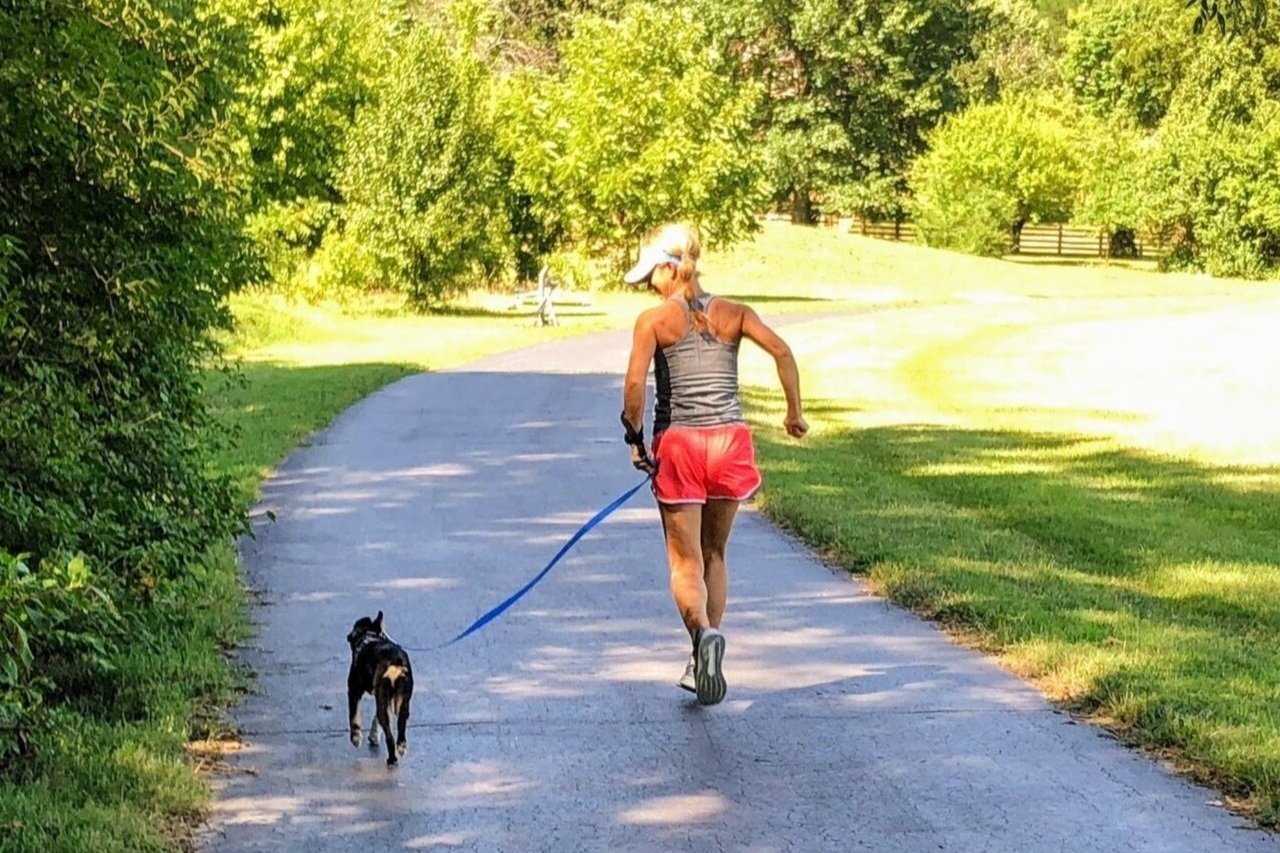RRKC Saturday Group Runs Go Virtual Until Further Notice
/Government officials advise against group gatherings of 10+ people for at least 15 days. That’s our group peeps! RRKC Saturday Group Runs are on hold until further notice.
But all is not lost! We don’t have to sacrifice accountability and motivation. We don’t have to stay in bed, worry about life, and sink into depression because our races are cancelled. Nope. Instead, stay in shape and run virtually with your RRKC group. Grab your favorite hydration pack or hand held water bottle, and head out on Saturday morning for your planned long run distance.
Here is how to play:
Text Coach Amy when you start your run AND when you finish.
Post a selfie to our RRKC Facebook page and your personal page with #solidaritywithCoachAmyPT
Post a selfie to Instagram and tag @roadrunnersofkansas with #solidaritywithCoachAmyPT
For extra fun, pose with something unique or interesting from your surroundings!
In the meantime, all monthly subscriptions for RRKC will be suspended. Those who paid individually for the month of March will get a FREE month once we are clear to meet up again.
Stay positive, stay well, and keep running!








